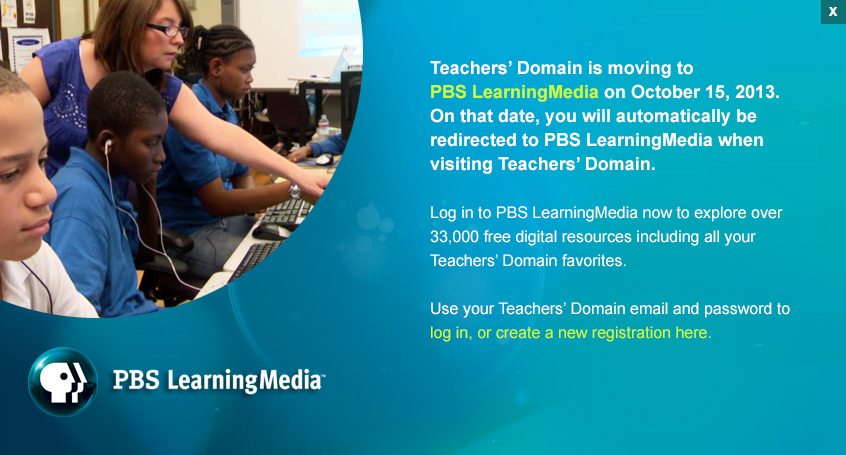Teachers' Domain - Digital Media for the Classroom and Professional Development
User: Preview
Learn about the importance of eating healthy foods, in this video adapted from Media That Matters. A group of students present and explain the types of foods that are good for our bodies, the nutrients they provide, and how these benefit our bodies. They then explain what processed foods are, why some people like them, and why they are unhealthy.
Eating provides your body with the nourishment it needs to survive. A healthy diet supplies nutrients (such as protein, vitamins and minerals, fiber, and carbohydrates), which are important for your body's growth, development, and maintenance. However, not all foods are equal when it comes to the nutrition they provide. Some foods, such as fruits and vegetables, are rich in vitamins and minerals; others, such as cookies and soda pop, provide few if any nutrients.
Your diet can influence everything from your energy level and intellectual performance to your risk for certain diseases. A healthy diet that includes a variety of fruits and vegetables can prevent problems with the eyes and digestive system as well as reduce risk of heart disease, stroke, type 2 diabetes, and some types of cancer. A poor diet, on the other hand, can lead to health problems. For example, insufficient calcium intake can affect the strength of your teeth and bones, possibly leading to tooth decay and osteoporosis. Furthermore, eating more calories than your body needs leads to becoming overweight, which is a serious health concern. Overweight and obese people are at higher risk for diabetes, heart disease, asthma, and depression.
Because different fruits and vegetables contain different nutrients, it is important to eat an assortment. Everybody should try to eat at least five servings of fruits and vegetables each day and to eat a range of different kinds. Fresh produce is not the only option; frozen and dried fruits and vegetables are healthy, too. Although taking a multivitamin can help provide some vitamins and minerals, it is healthier to get nutrients from food.
So how can children in particular be encouraged to eat healthfully? Taste preferences are learned through exposure to foods. Mealtimes and snack times are opportunities to promote wise food choices. A healthy diet should include plenty of fruits, vegetables, and whole grains. Foods such as carrot sticks, raisins, and yogurt are healthier choices that could be eaten every day. In general, processed foods are nutritionally inferior to fresh foods. These foods, which may have high amounts of saturated fats, trans fats, sodium, and sugar, should only be eaten in moderate quantities. This includes french fries, candy, and ice cream.
 Loading Standards
Loading Standards